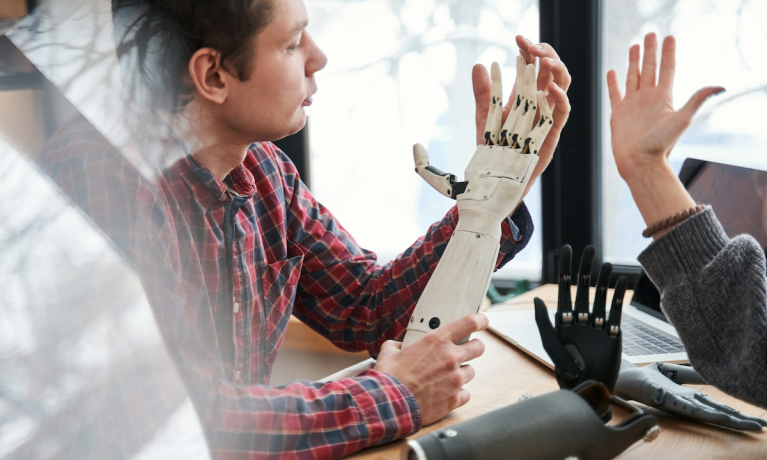
Tesla will begin using humanoid robots next year, according to CEO Elon Musk.
“Tesla will have genuinely useful humanoid robots in low production for Tesla internal use next year and, hopefully, high production for other companies in 2026,” Musk wrote on X (formerly Twitter) on Monday (July 22) morning.
Tesla will have genuinely useful humanoid robots in low production for Tesla internal use next year and, hopefully, high production for other companies in 2026
— Elon Musk (@elonmusk) July 22, 2024
As with many Musk pronouncements that make headlines, this one came in response to a post from another user, who had put up a chart showing former OpenAI researcher Daniel Kokotajlo’s predictions for advances in artificial intelligence (AI).
Musk had told investors in April that Tesla’s humanoid robot project, Optimus, “will be in the factory doing useful tasks by the end of the year. Optimus will be more valuable than anything else Tesla does combined.”
During that same earnings call, the CEO promised a “sentient humanoid robot able to navigate reality and do tasks ad hoc. That’s what is going to happen, and Tesla is best positioned of any robot maker to reach volume reduction with efficient inference on the robot itself.”
Weeks earlier, Musk had said the company would debut a robotaxi on August 8, a thing the multibillionaire had been promising since 2019.
Tesla’s autonomous vehicle efforts have hit roadblocks recently, with the National Highway Traffic Safety Administration seeking more information from the company about its autopilot system after crashes continued despite a December recall of more than two million vehicles.
And the Department of Justice is investigating whether Tesla committed securities or wire fraud by misleading investors and consumers about its electric vehicles’ self-driving capabilities.
“But while the open road presents several challenges for autonomous solutions, the closed-loop ecosystem of warehouses and distribution centers provides a different arena for the innovative technology to operate across,” PYMNTS wrote in May.
As Anna Brunelle, CFO at May Mobility, said here in February, “I believe in our lifetime, not just automobiles, but every piece of moving machinery on the face of the earth will be automated. And the smart infrastructure that oversees it and supports it will also be automated.”
The marketplace is responding to both the need and the opportunity presented by autonomous vehicles, with companies like Figure teaming with BMW to deploy general purpose robots in automotive manufacturing environments.
Walmart, meanwhile, has begun quietly transforming its distribution centers by rolling out 19 autonomous electric forklifts across four of its facilities, marking a significant advancement in the use of AI-powered robotics in industrial settings.